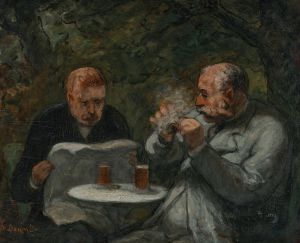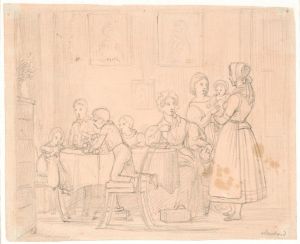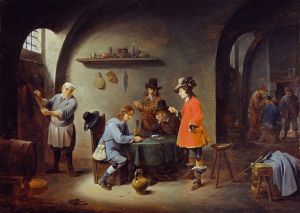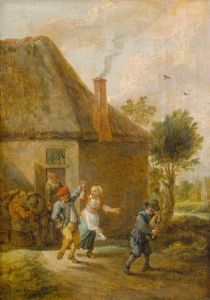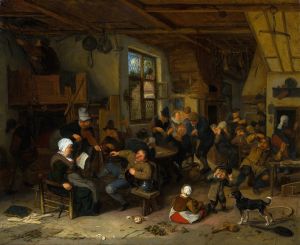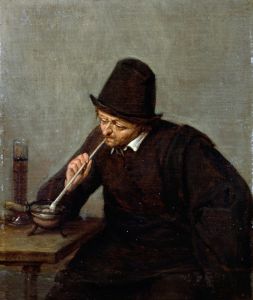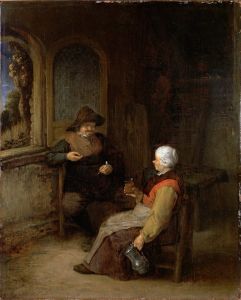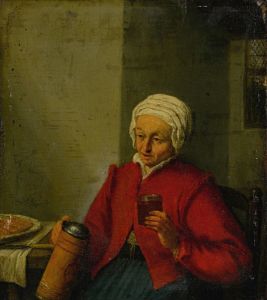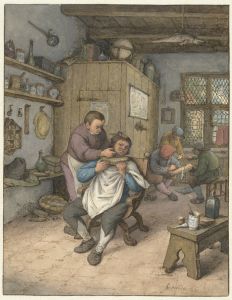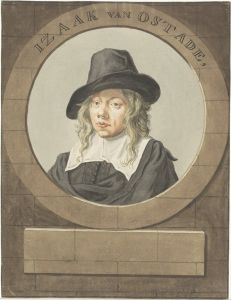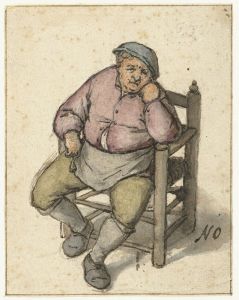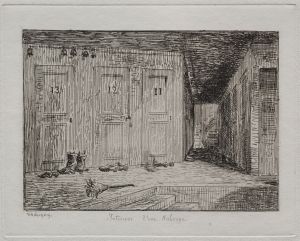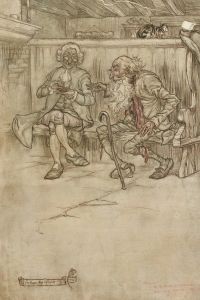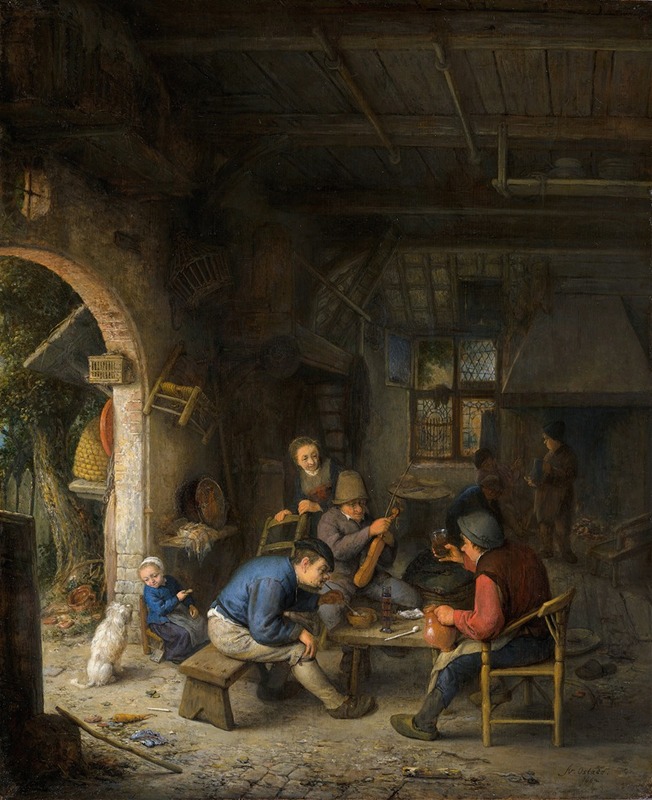
Peasants at an Inn
A hand-painted replica of Adriaen van Ostade’s masterpiece Peasants at an Inn, meticulously crafted by professional artists to capture the true essence of the original. Each piece is created with museum-quality canvas and rare mineral pigments, carefully painted by experienced artists with delicate brushstrokes and rich, layered colors to perfectly recreate the texture of the original artwork. Unlike machine-printed reproductions, this hand-painted version brings the painting to life, infused with the artist’s emotions and skill in every stroke. Whether for personal collection or home decoration, it instantly elevates the artistic atmosphere of any space.
Adriaen van Ostade was a Dutch Golden Age painter known for his genre scenes depicting peasant life. One of his notable works is "Peasants at an Inn," a painting that exemplifies his skill in capturing the everyday life and social interactions of the lower classes in 17th-century Holland. Van Ostade was born in 1610 in Haarlem, where he spent most of his life and career. He was a contemporary of other renowned artists such as Frans Hals and was influenced by the works of Rembrandt and the genre scenes of Pieter Bruegel the Elder.
"Peasants at an Inn" is a typical example of van Ostade's work, showcasing his ability to portray rustic interiors and the lively, often boisterous, atmosphere of rural taverns. The painting depicts a group of peasants gathered in an inn, engaging in various activities such as drinking, smoking, and conversing. The scene is characterized by its warm, earthy tones and the detailed rendering of the figures' expressions and gestures, which convey a sense of merriment and camaraderie.
Van Ostade's attention to detail is evident in the depiction of the inn's interior, with its wooden beams, rustic furniture, and the various objects scattered around the room. The artist's use of light and shadow adds depth to the scene, highlighting the figures and creating a sense of intimacy within the space. This focus on the interplay of light is a technique van Ostade likely adopted from his study of Rembrandt's work.
The painting reflects the social dynamics of the time, offering a glimpse into the lives of the common people, who were often overlooked in the grand historical and religious paintings of the era. Van Ostade's work is significant for its humanistic approach, portraying peasants not as caricatures but as individuals with their own stories and emotions. This empathetic portrayal contributed to the popularity of genre painting in the Dutch Golden Age, as it resonated with the growing middle class who saw reflections of their own lives in these scenes.
"Peasants at an Inn" also demonstrates van Ostade's mastery of composition. The arrangement of figures and objects leads the viewer's eye through the painting, creating a dynamic yet balanced scene. The central focus is often on a particular interaction or gesture, drawing attention to the narrative element of the work.
Throughout his career, van Ostade produced numerous paintings and etchings of similar scenes, each with its own unique charm and character. His works are celebrated for their lively depictions of rural life and their contribution to the genre painting tradition. Today, "Peasants at an Inn" and other works by van Ostade can be found in major art collections and museums around the world, where they continue to be appreciated for their historical and artistic value.





